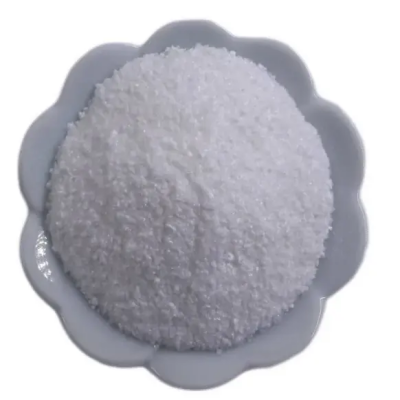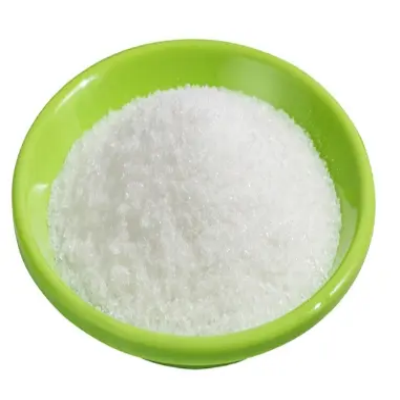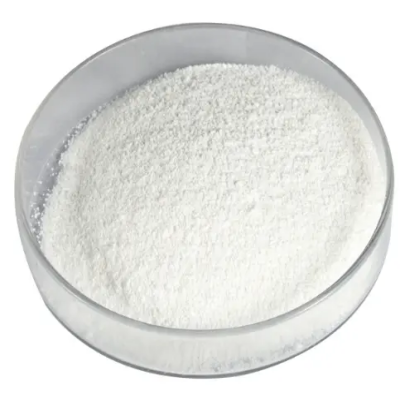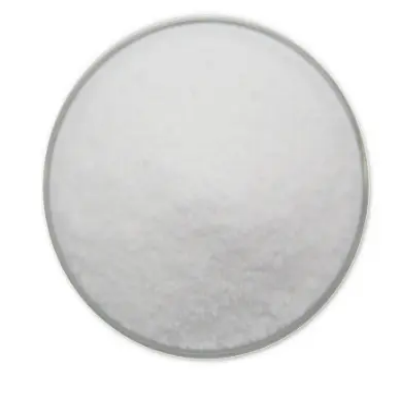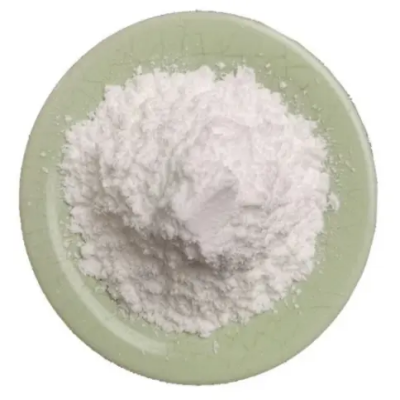3-Chloro-5-(trifluoromethyl)pyridin-2-amine CAS:79456-26-1
3-Chloro-5-(trifluoromethyl)pyridin-2-amine is an important compound in medicinal chemistry and material science due to its unique structural features and functional groups. The presence of the trifluoromethyl group significantly alters the electronic properties of the molecule, leading to increased lipophilicity and metabolic stability. These characteristics make it particularly appealing for drug development, as compounds bearing trifluoromethyl groups often exhibit enhanced biological activity. The amino group on the pyridine ring serves as a site for further chemical modification, allowing for the derivatization of the compound to create a library of analogs that may possess improved pharmacological profiles. Researchers frequently explore derivatives of 3-chloro-5-(trifluoromethyl)pyridin-2-amine to identify lead compounds with desirable therapeutic effects against various diseases, including cancer and inflammatory disorders. The chlorinated and fluorinated nature of the compound can also influence its interaction with biological targets, potentially enhancing selectivity and potency. In addition to its pharmaceutical applications, this compound can be utilized as an intermediate in the synthesis of agrochemicals, including herbicides and fungicides. The inclusion of electron-withdrawing groups like trifluoromethyl and chlorine contributes to the compound's herbicidal activity by modulating its interaction with plant systems, thus improving efficacy in agricultural settings. 3-Chloro-5-(trifluoromethyl)pyridin-2-amine’s versatility extends to materials science, where it may serve as a building block for developing advanced polymers or specialized coatings. The incorporation of fluorinated groups often results in materials with unique thermal, mechanical, and chemical resistance properties, making them suitable for high-performance applications. Synthesis of 3-chloro-5-(trifluoromethyl)pyridin-2-amine typically involves multi-step reactions starting from commercially available precursors. Strategies include halogenation, trifluoromethylation, and amination techniques that allow for precise control over the final product's structure. The ability to efficiently synthesize this compound is crucial for both academic research and industrial applications, facilitating the exploration of its diverse properties and uses. As interest in environmentally sustainable practices grows, researchers are increasingly focusing on developing green synthetic routes for producing fluorinated compounds like 3-chloro-5-(trifluoromethyl)pyridin-2-amine. These efforts aim to minimize hazardous waste and improve the overall sustainability of chemical production processes. In conclusion, 3-chloro-5-(trifluoromethyl)pyridin-2-amine represents a significant compound in contemporary organic chemistry, with broad applications ranging from pharmaceuticals to agrochemicals and materials science. Its unique structural features facilitate a variety of chemical transformations, making it an essential building block in the synthesis of more complex molecules. As research continues to uncover its potential, this compound is expected to play a vital role in addressing challenges in drug discovery, agricultural innovation, and the development of advanced materials.



| Composition | C6H4ClF3N2 |
| Assay | 99% |
| Appearance | white powder |
| CAS No. | 79456-26-1 |
| Packing | Small and bulk |
| Shelf Life | 2 years |
| Storage | Store in cool and dry area |
| Certification | ISO. |




